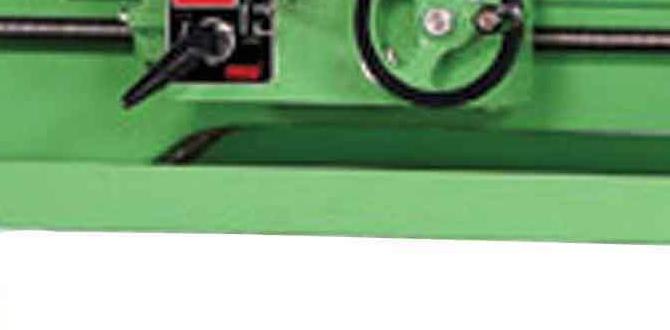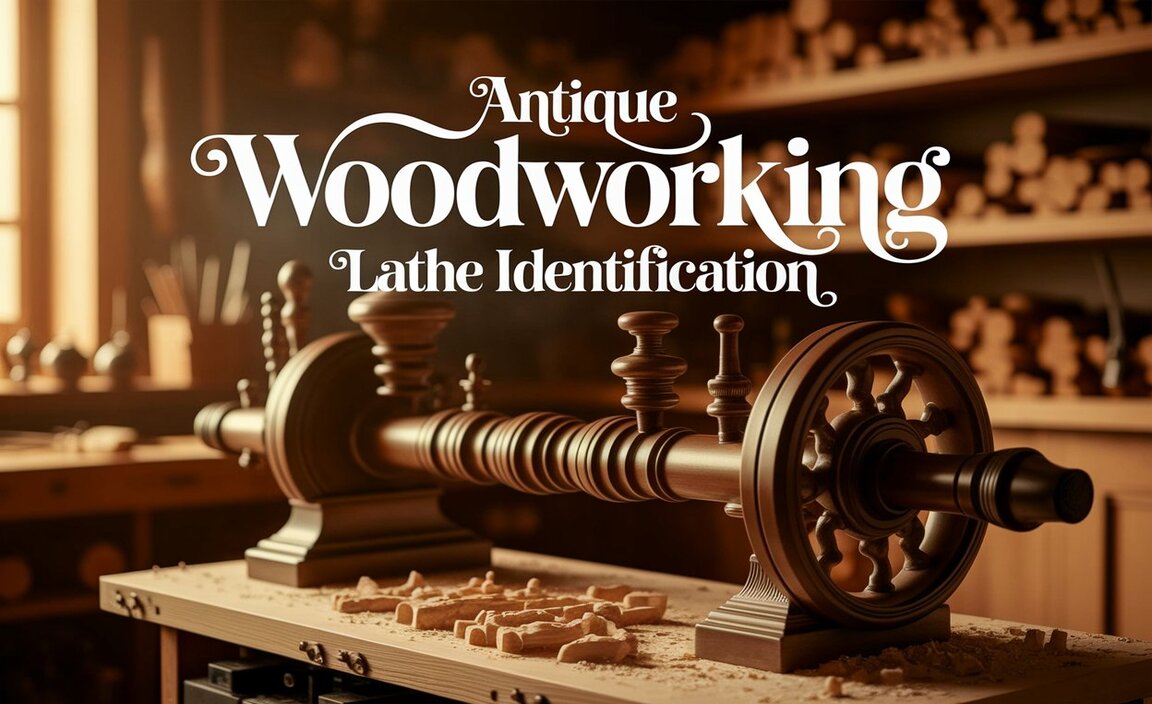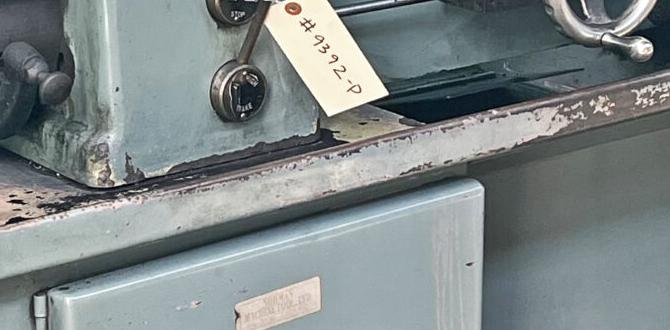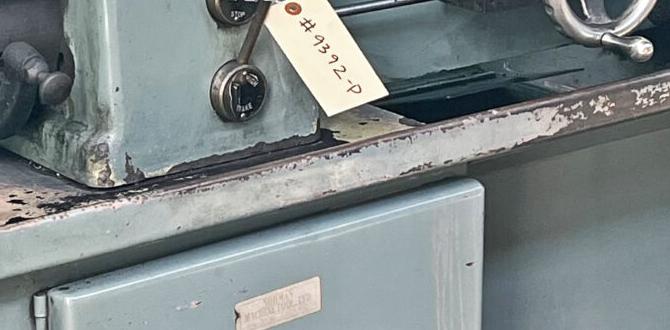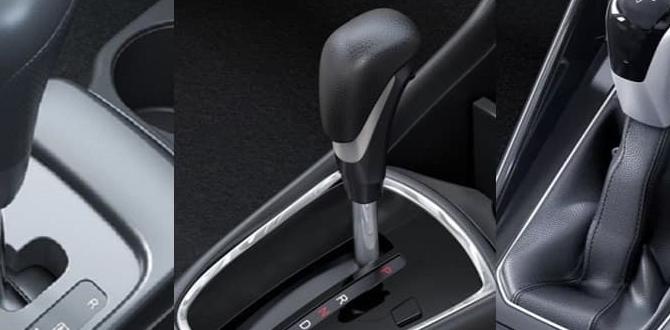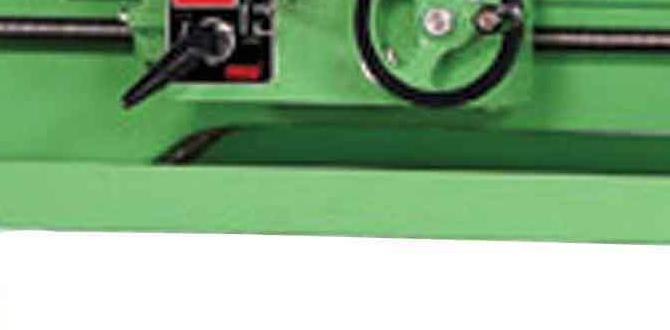Wood Lathe Comparison: Finding Your Perfect Turning Companion
Choosing the right wood lathe comparison is a pivotal moment for any woodworker, whether you’re a seasoned professional or just beginning your journey into the captivating world of turning. A lathe isn’t just a tool; it’s your partner in transforming raw lumber into exquisite bowls, spindles, and sculptures. With a dizzying array of options on the market, from compact benchtop models perfect for small workshops to robust floor-standing powerhouses designed for heavy-duty work, making an informed decision can feel overwhelming. This guide aims to demystify the process, equipping you with the knowledge to navigate the landscape and pinpoint the wood lathe that aligns with your aspirations, budget, and space.
The fundamental purpose of a wood lathe is to spin a workpiece between two centers or a faceplate, allowing the woodturner to shape it using chisels and other cutting tools. This seemingly simple action unlocks a universe of creative possibilities. However, the effectiveness and enjoyment of your woodworking experience will hinge significantly on the capabilities and limitations of your chosen lathe. Factors such as power, swing (the diameter of workpiece the lathe can accommodate), distance between centers (the length of workpiece it can handle), speed control, and build quality all play crucial roles in determining how well a lathe performs for specific tasks.
Understanding the Core Features for Your Wood Lathe Comparison
Before diving into specific models, it’s essential to grasp the key specifications that will form the backbone of any wood lathe comparison chart. These are the metrics that will tell you what a lathe is capable of and how it stacks up against others.
Power (Horsepower): This dictates the lathe’s ability to handle larger, denser woods and undertake more demanding tasks like turning large bowls. For beginners or those focusing on smaller projects like pens and spindles, a lower horsepower (e.g., 1/2 HP to 1 HP) might suffice. However, for more ambitious projects, 1.5 HP to 3 HP or even higher will provide more headroom and smoother operation.
Swing: This refers to the maximum workpiece diameter the lathe can turn. It’s typically measured from the bed to the tool rest. A larger swing allows for wider bowls and platters. Many lathes offer an “over-the-bed” swing capability, where the headstock can be swiveled to allow turning larger diameter pieces than its standard swing.
Distance Between Centers (Bed Length): This determines the maximum length of a workpiece you can mount between the headstock and tailstock. Woodworkers turning table legs, bedposts, or long, slender items will need a lathe with a greater distance between centers.
Speed Control: Variable speed control is a highly desirable feature. It allows you to adjust the rotational speed of the workpiece to suit the operation. Roughing out large blanks often requires slower speeds for safety and control, while finishing passes benefit from higher speeds. Look for lathes with a wide speed range and easy-to-adjust controls, ideally electronic variable speed (EVS).
Headstock and Tailstock Tapers: Most lathes use Morse tapers (MT) for their headstock and tailstock spindles. MT2 is common on smaller lathes, while MT3 or MT4 are found on larger, more robust machines. Compatibility with standard accessories is a key consideration.
Bed Construction: The sturdiness of the lathe bed is paramount for minimizing vibration and ensuring precision. Cast iron beds are generally preferred for their density and dampening qualities. Steel beds can be found on some budget-friendly models.
Tool Rest System: A stable and easily adjustable tool rest is crucial for comfortable and safe turning. Look for a robust post and a tool rest with a decent length and shape that suits your common turning styles.
Benchtop vs. Full-Size Lathes: A Crucial Distinction
When embarking on your wood lathe comparison, a fundamental decision lies between benchtop and full-size (or floor-standing) models. Your workshop space, the types of projects you envision, and your physical capabilities will all influence this choice.
Benchtop Lathes: These are typically smaller, lighter, and more affordable options, designed to sit on a workbench. They are ideal for hobbyists with limited space, beginners, or those primarily interested in smaller projects like pens, small bowls, and decorative spindles. While their power and capacity are limited compared to full-size models, modern benchtop lathes can be surprisingly capable. They offer an excellent entry point into the world of woodturning without a significant financial investment.
Full-Size Lathes: These are larger, heavier, and more powerful machines. They often come with a stand and are designed for more demanding tasks and larger workpieces. If you plan on turning substantial bowls, large platters, furniture components, or working extensively with dense hardwoods, a full-size lathe is likely the better investment. They offer greater stability, higher horsepower, and a larger swing and distance between centers. While they require more space and a larger budget, their capabilities offer a significantly expanded range of project possibilities.
Delving Deeper: Key Features and Accessories
Beyond the core specifications, several other features can influence your choice and enhance your turning experience. When constructing your wood lathe comparison chart, consider these additional elements:
Reversible Headstock: Some lathes allow the headstock to be reversed, which can be helpful for certain finishing techniques or for smoothing the bottom of bowls.
Indexing Head: This feature allows you to lock the spindle in precise increments, which is invaluable for tasks like carving flutes, creating decorative patterns, or accurately placing handles on lids.
Draw-in Tool Rest: This system pulls the tool rest closer to the workpiece, reducing flex and improving stability, especially when turning larger pieces.
Vacuum Chucking System Compatibility: For advanced bowl turning, a vacuum chucking system can be a game-changer. Ensure the lathe is designed to accommodate such an accessory if this is an area you plan to explore.
Included Accessories: Many lathes come with basic accessories like a spur drive center, a live tailstock center, and a basic tool rest. Consider if these are adequate for your needs or if you’ll need to budget for upgrades or additional accessories.
Ultimately, your wood lathe comparison journey should involve a careful assessment of your current needs and future aspirations. Research reputable brands, read reviews from experienced woodturners, and if possible, try out a few different models before making your final decision. Investing in the right wood lathe is an investment in your creativity and your craft, ensuring years of enjoyable and productive turning.

